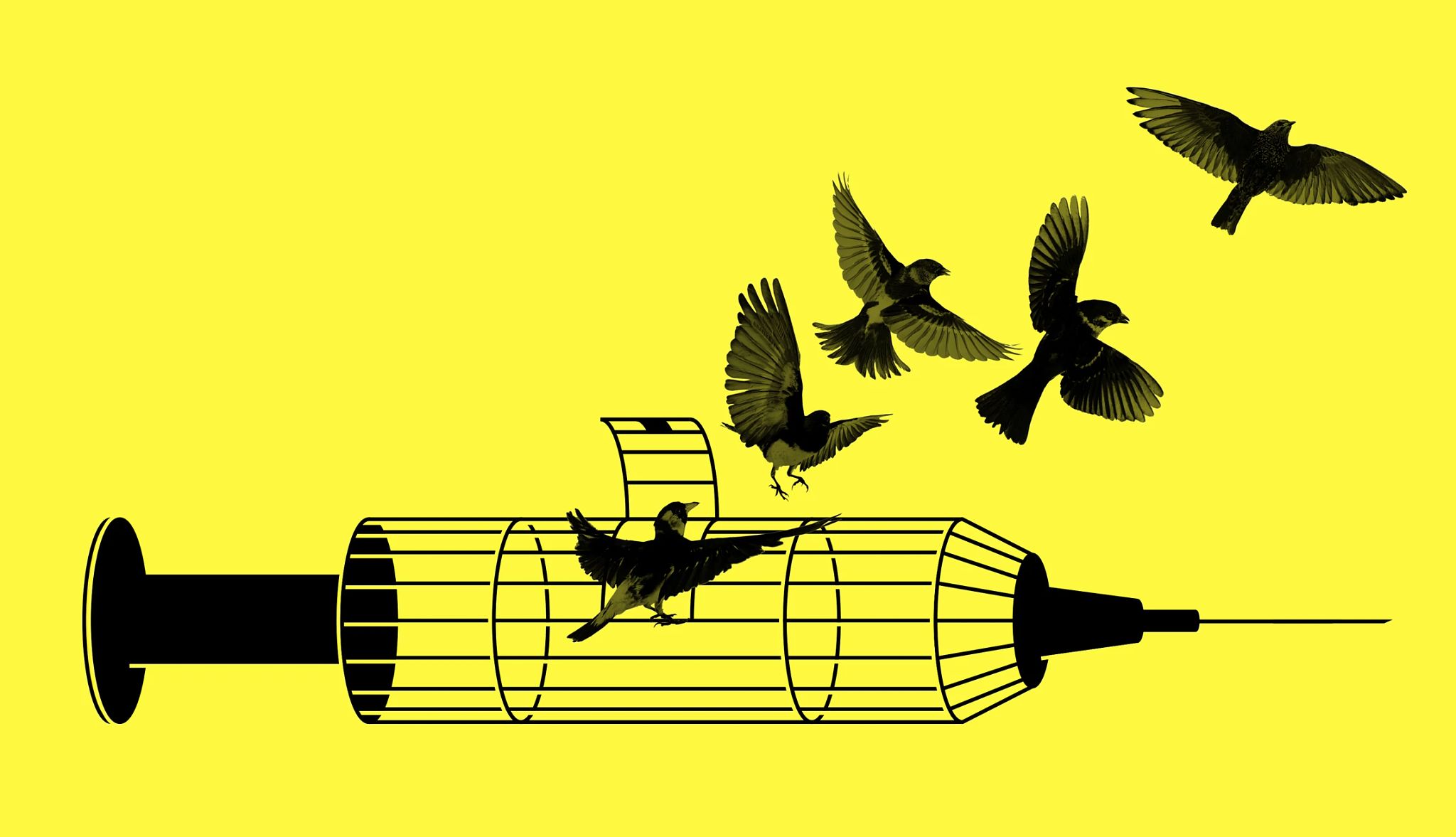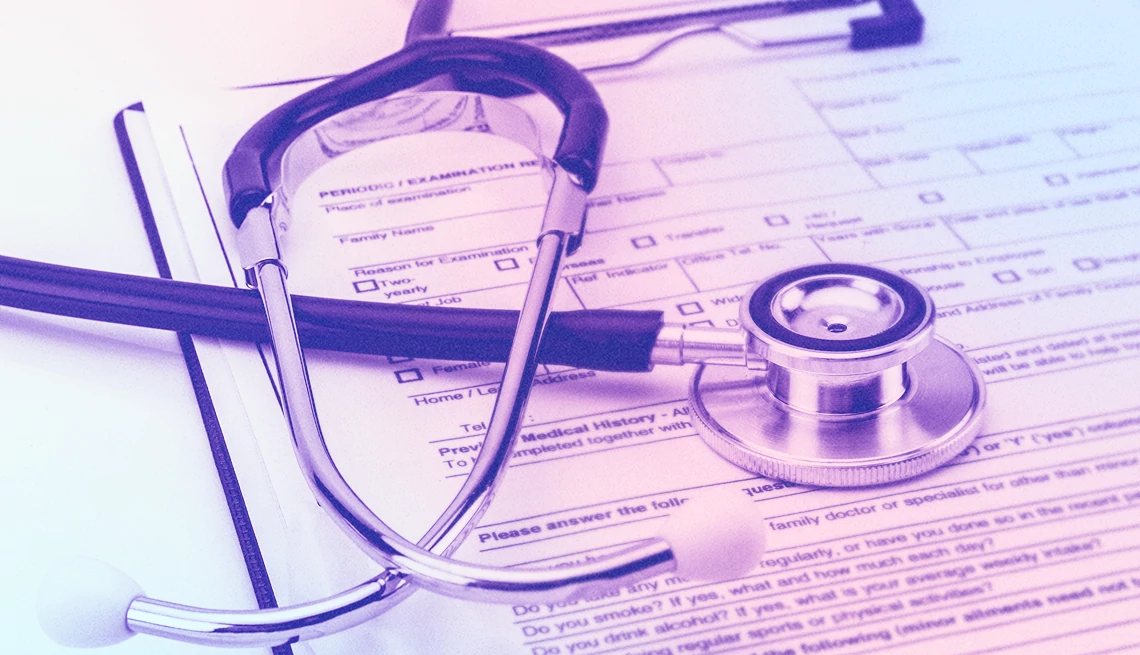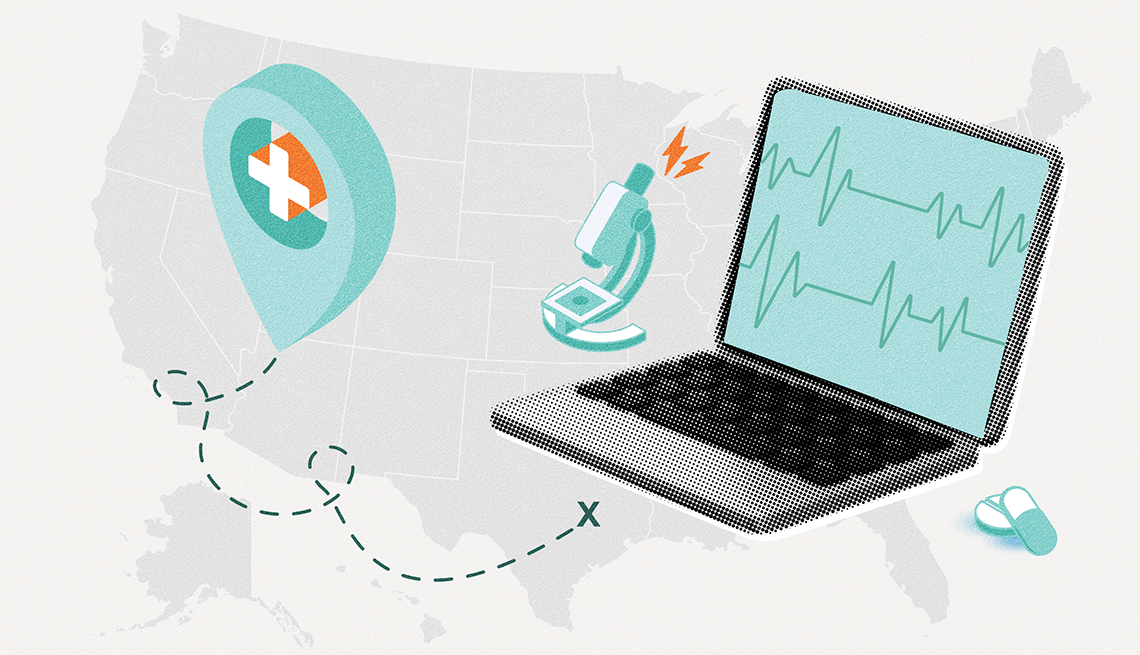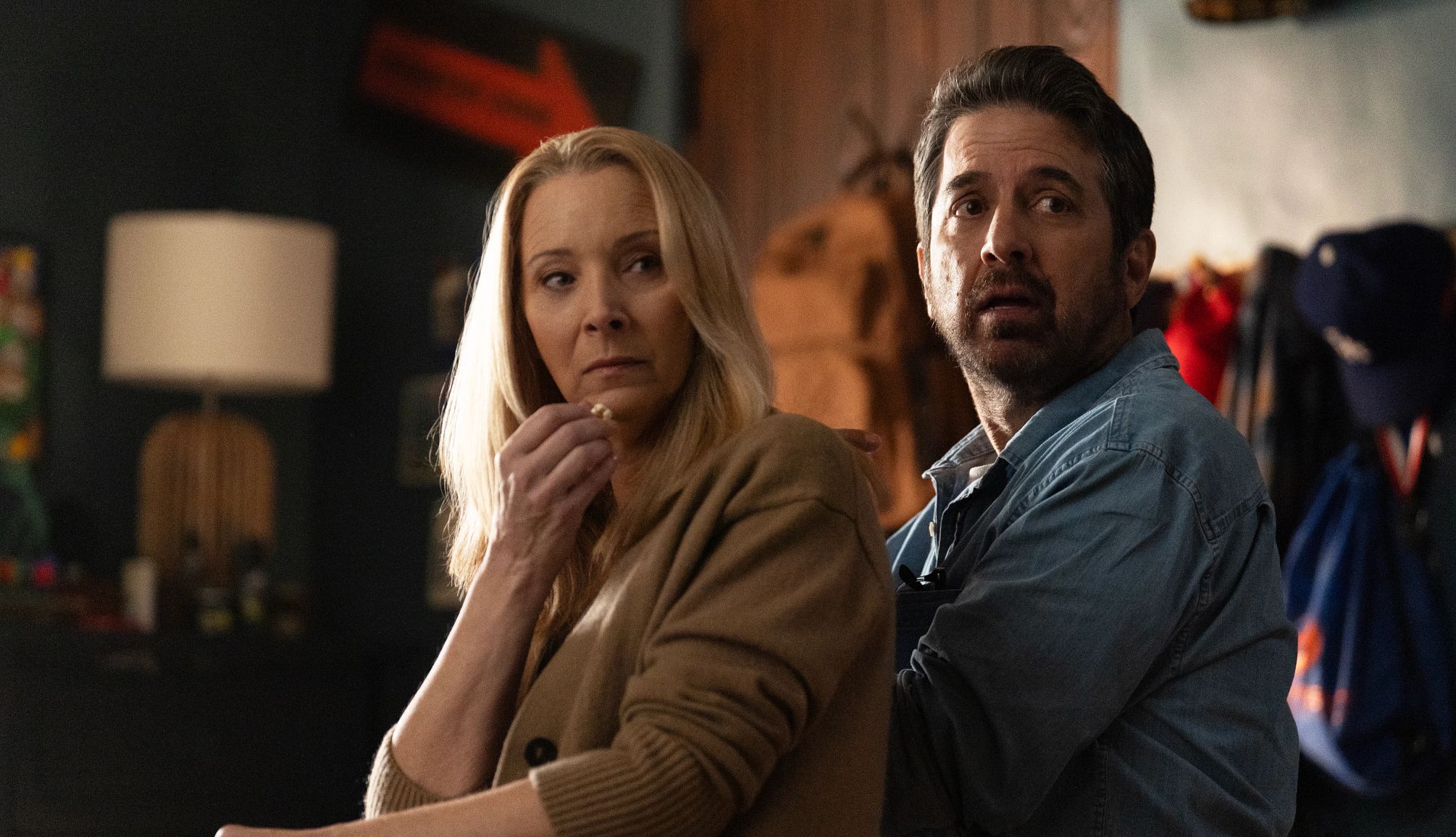The enrollment form will ask for the basics — name, date of birth, address, phone number and so on. You will also need to enter prescriber information and confirm your insurance status, so if someone else is doing the enrollment for you, be sure they have this information. After enrolling, the patient will receive an electronic voucher that can be exchanged for a free course of Paxlovid at participating pharmacies.
At the start of the program, Pfizer told AARP that approximately 55,000 pharmacies were participating, and more were expected to join. This includes retail chains such as CVS, Walgreens, Walmart, Kroger, Costco and several others. If there isn’t a participating pharmacy nearby or if the pharmacy is out of Paxlovid, overnight shipping to the patient’s home will be available, Pfizer says.
Patients who enroll in the program will remain enrolled through Dec. 31, 2024, and will be able to receive more than one prescribed treatment course of Paxlovid throughout the year, Pfizer tells AARP, should you catch COVID-19 more than once in 2024.
Alternatively, people with Medicare Part D can choose to use their prescription drug plans to acquire oral antiviral COVID-19 treatments, a spokesperson for the Centers for Medicare & Medicaid Services says. Out-of-pocket costs, if any, will vary by plan. CMS says it “has encouraged Part D sponsors to conduct an expedited review of oral antivirals for COVID-19 released commercially on the market and add at least one oral antiviral for COVID-19 that meets the definition of a Part D drug to their formulary on a preferred or $0 cost-sharing tier, as available in the plan benefit structure.”
The Department of Health and Human Services (HHS) says that if a Part D enrollee has trouble obtaining Paxlovid coverage, they should contact their plan or 800-MEDICARE for assistance.
People who get health care through the Indian Health Service, the Department of Veterans Affairs or the Department of Defense will continue to be able to access for free a supply of Paxlovid stockpiled by the federal government, HHS says.
What happens after 2024 for individuals with Medicare, Medicaid and other government insurance programs remains to be seen.
There isn’t a similar government program in place for Lagevrio, according to the drug’s manufacturer, Merck. Lagevrio, another oral antiviral for COVID-19, is available under an Emergency Use Authorization (EUA) from the Food and Drug Administration (FDA) and is a treatment option for people who are unable to take Paxlovid or, if hospitalized, Veklury (remdesivir), both of which are FDA-approved.
What about Veklury?
Veklury (remdesivir) is another COVID-19 antiviral treatment, but unlike Paxlovid and Lagevrio, it’s not a prescription pill you take at home. The medication is administered through an IV at a medical facility; therefore, it’s covered by Part B for people with Medicare. If you have commercial insurance, coverage and out-of-pocket costs for Veklury will vary by plan.
Merck says it offers a patient assistance program for “eligible patients who, without assistance, could not otherwise afford the product.” It takes 10 to 20 minutes to determine a patient’s eligibility for this program; more information is available at merckhelps.com or by calling 800-727-5400.
If you have private insurance
You could face out-of-pocket costs for treating COVID-19 if you have private insurance, says Jennifer Kates, senior vice president and director of the Global Health & HIV Policy Program at KFF, since Paxlovid and Lagevrio will “be subject to the regular cost-sharing policies” of your health plan.
That’s because “federal law does not require commercial plans to cover all possible COVID-19 treatments or put any limits on patient cost-sharing for any commercial plans if the treatments are covered,” according to HHS.
Pfizer has priced Paxlovid at $1,390 for the five-day treatment course. If your plan doesn’t cover Paxlovid or if your out-of-pocket payment is high, you may be eligible to receive assistance through Pfizer’s copay program, which involves an enrollment process that is similar to the government-backed patient assistance program.
To enroll in the copay program, visit paxlovid.iassist.com or call 877-219-7225. (Your doctor may also have copay cards to distribute, so it’s always a good idea to check with your provider first.) Similar to the government-backed patient assistance program, patients who enroll in Pfizer’s copay program can take advantage of it more than once over the course of the year.
HHS said in a 2023 announcement that it expects there to be commercial coverage for Lagevrio as well. It’s priced at $950 for a treatment course.

































.jpg?crop=true&anchor=13,195&q=80&color=ffffffff&u=lywnjt&w=2008&h=1154)































More on Health
Understanding High Blood Pressure Stages and Types
The 4 stages of hypertension can impact your health in varying waysDo You Still Need Your Vaccine Card?
The CDC says it has stopped printing the paper cardsAre Vaccines Still Free?
Feds no longer paying the bill